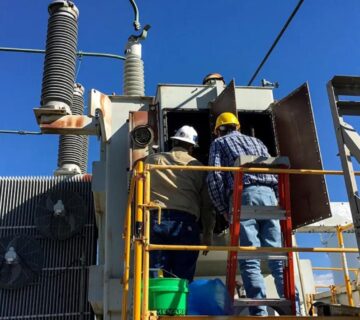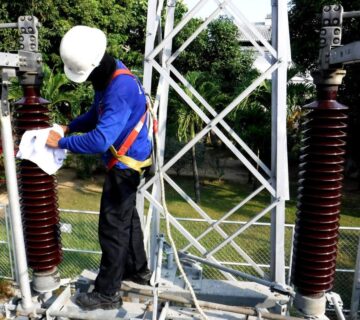Transformers are essential for regulating voltage levels in electrical systems, but their proper functioning depends on regular testing to ensure reliability and performance. Transformer testing helps detect issues that could compromise efficiency, safety, and longevity. In this article, we’ll explore the importance of transformer testing and the various types of tests involved in ensuring optimal operation.
1. Verifying Electrical Performance
Transformer testing helps ensure that the device operates within the required electrical specifications. By conducting tests on parameters like voltage, current, and power, you can verify that the transformer is providing the correct output. Regular testing ensures that the transformer is working efficiently and meeting the demands of the electrical grid.
2. Identifying Insulation Issues
One of the most common causes of transformer failure is insulation breakdown. Transformer testing includes checks on the integrity of the insulation, which protects the device from electrical faults. By performing tests like insulation resistance testing, you can detect early signs of insulation deterioration and address them before they lead to costly breakdowns.
3. Preventing Overheating and Overloading
Overheating is a common issue in transformers, often caused by overloading or inadequate cooling. Transformer testing can identify any imbalances in load distribution or cooling efficiency, helping prevent overheating. This proactive approach minimizes the risk of transformer damage and prolongs the lifespan of the equipment.
4. Ensuring Safety and Compliance
Transformers must adhere to strict safety standards to prevent hazards such as electrical fires or electric shock. Regular testing ensures that the transformer is compliant with industry regulations and operates safely. It also helps ensure that protective devices, such as circuit breakers and fuses, are functioning properly to safeguard both personnel and equipment.
5. Detecting Potential Failures Early
By conducting thorough testing, you can identify potential failures before they occur. Transformer testing helps detect issues such as loose connections, core problems, or abnormal noise, all of which could lead to transformer failure. Catching these problems early allows for timely repairs, avoiding unplanned outages and costly repairs.
Conclusion
Transformer testing is a critical aspect of maintaining a reliable and safe electrical system. Through regular testing, you can verify performance, detect insulation issues, prevent overheating, ensure safety, and identify potential failures early. Proper testing not only optimizes the transformer’s efficiency but also enhances safety and extends its operational life, making it a necessary practice for any industry relying on electrical transformers.








No comment